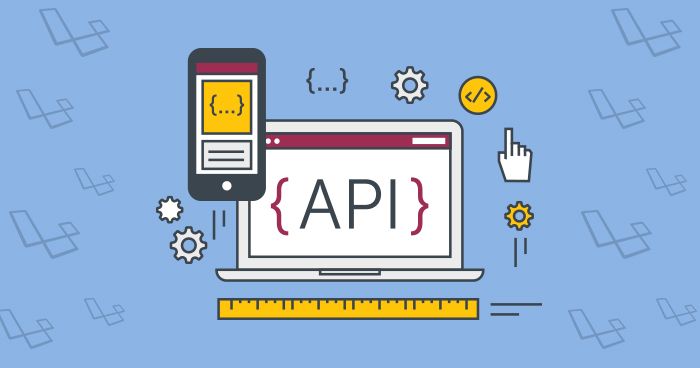JavaScript is the most widely used language to create web apps. Both client-side (frontend) and server-side (backend) development use it. However, you can’t deny that the back-end makes the front-end beautiful.
This is when Node.JS enters the picture. Because of its extensive and adaptable features, Node.JS is the best option for developing server-side applications. It lets programmers create and run apps at the same time.
Well-known brands like Uber, PayPal, Netflix, Walmart, Twitter, LinkedIn, and even NASA use Nod.eJS for server-side programming, and so does many businesses that hire dedicated NodeJS developers.
Reasons to Use Node.JS for Backend Development
The backend of any application is the most important component in web development. Developers note this and use the best techniques and tools to carry out their tasks effectively. Here are the reasons to choose NodeJS.
1. Real-Time Apps
Apps supporting two-way communication between clients and servers are called real-time apps. Node JS backend developers can easily develop real-time apps using NodeJS and Web-Sockets.
NodeJS simplifies managing the client’s many requests. It allows for code sharing and reusing library code. The apps function within the allotted time and receive prompt responses. It is most effective for real-time communication because of its single-threaded nature. It leverages socket.io, which facilitates the building of simple apps, and is the ideal platform for creating low-latency apps, making it the best when you need to process many brief messages.
2. Data Streaming
Because Node.JS is lightweight and has a quick processing feature, businesses like Netflix utilize it for streaming data. Users can send requests over the streams to one another, which causes data to stream to the endpoint.
NodeJS manages data streams for apps that are I/O bound. You can stream data, upload files, and process it online. You can even accomplish real-time audio and video streaming.
3. Microservice Architecture
An architecture that considers each application function and prioritizes it.
As NodeJS is adaptable, it can create serverless and microservice-based applications. You can quickly separate your software into its component components, group each microservice into a team, and develop each section independently of the others. As a result, the apps become stateless and lightweight, facilitating their integration with server-less architecture.
4. REST APIs

REST is short for Representational State Transfer, which was first introduced in 2000. It leverages HTTP protocols and is built on a foundation of web standards. These are necessary for the operation of microservices.
Express and Node.JS work best together to provide lightweight, responsive, and efficient APIs. When JavaScript is used for both the front and back end, communicating with REST APIs is simple.
Also Read:
- Why Use Node.Js For Ecommerce Web Application Development?
- Best Tips to Build Better Node.js Apps
- PHP vs Node.JS: How to Choose Right Language for your Project?
- What’s New & Exciting in Node.js V.8 for Developers?
5. Single Page Application
Single-page applications (SPAs) load a single HTML page and dynamically refresh it as users interact with the app. As a result, response times are sped up, and users seem to interact more easily with SPA content.
Due to NodeJS’s support for server-side rendering, you can render a page before being sent to a browser. You can leverage the advantages of SPAs, such as SEO optimization, speed, flexibility, reduced load time, and ease of navigation.
Benefits of NodeJS for Backend Development
1. Simplicity
Node.js, which incorporated many capabilities from JavaScript, evolved into a simpler and more adaptable framework for front-end developers to handle the server side of apps. Coders have to learn entire programming languages from scratch in the instance of PHP or Python. But Node JS developers don’t have to.
2. Multitasking
One of the advantages of the Node.JS framework is the ability to multitask. The single-threaded, event-driven architecture of Node.js allows it to handle multiple requests simultaneously without overtaxing the RAM.
3. Cost-Efficiency
Instead of employing and training new back-end specialists, it is more cost-effective for businesses to house full-stack workers because front-end engineers can learn Node.js very quickly. In terms of scalability, Node.js enables load balancing over numerous CPU cores thanks to the cluster module. It’s also fantastic news for businesses that Node.js uses a non-blocking event-loop approach to enable better scalability.
Future of Node.JS

A 2021 study indicated that Node.js was the second most popular web development tech stack, trailing only HTML in terms of frequency of use.
As a result, research offers distinct and inconsistent conclusions about Node.js’s future.
Node.js is a competitive tech stack. Several tech behemoths, including Netflix, NASA, Microsoft, and others, continue to use Node.js for backend development. It’s undeniably less well-known than React.js or jQuery, but unlike any other framework, it enables businesses to hire dedicated NodeJS developers for full-stack development.

